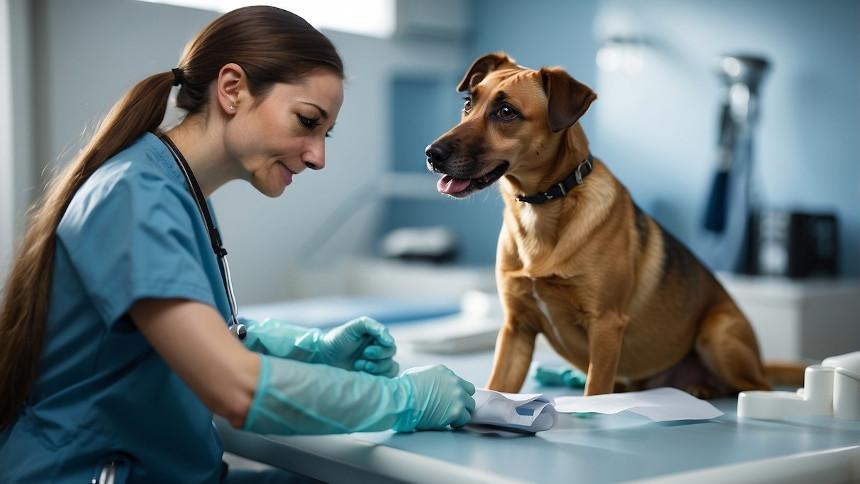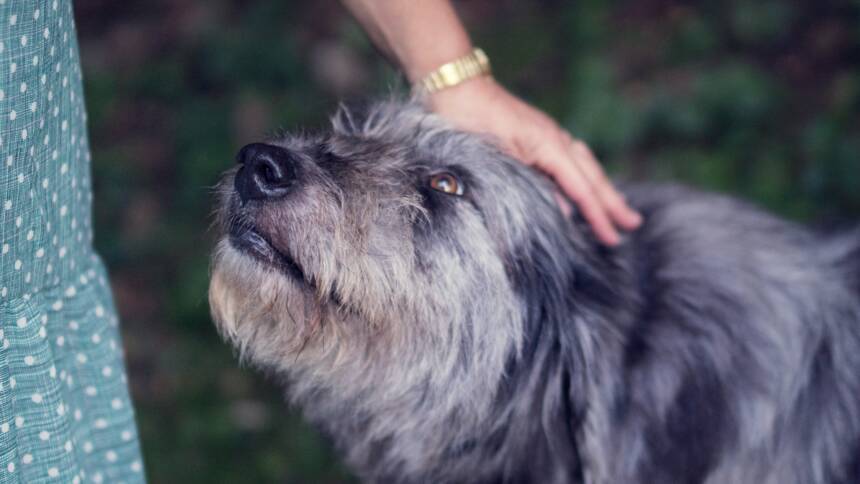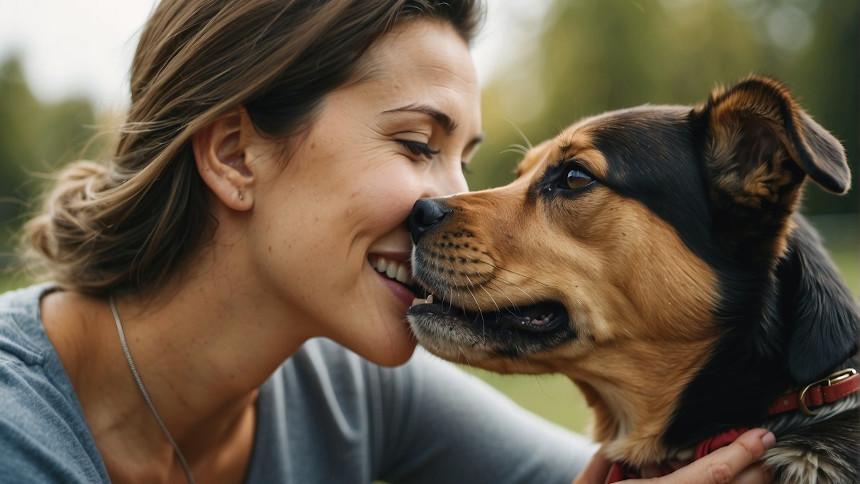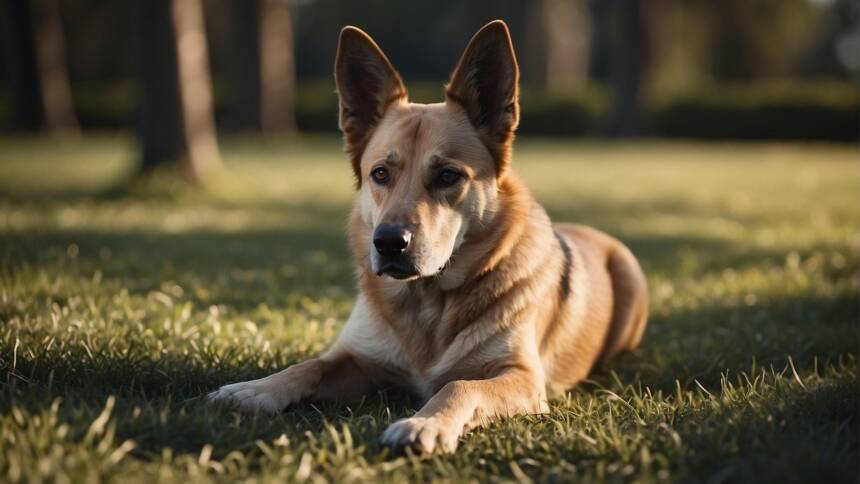Anal gland issues are a common concern for dog owners. These small glands, also known as anal sacs, are located on either side of a dog’s anus. They produce a scent-marking fluid that is typically expressed naturally during defecation. However, when these glands fail to empty properly, they can become impacted or infected, leading to discomfort and health problems in dogs. Recognizing the signs and understanding the available treatments is crucial for maintaining canine well-being.
Treatment for anal gland issues varies depending on the severity and nature of the problem. Simple impaction might be resolved through manual expression, a process which can sometimes be done at home by the owner or by a vet or groomer. In cases of infection or abscess, more involved treatment such as antibiotics or surgery may be necessary. Dietary changes and supplements can also play a role in managing or preventing anal gland problems. Ensuring a high-fiber diet and providing regular exercise can help in the natural expression of the glands.
Understanding Anal Glands in Dogs
Anal glands, or anal sacs, are important features in canine anatomy, serving a significant role in scent marking and territorial communication. The proper function of these glands is crucial for a dog’s wellbeing.
Anatomy and Function
Dogs possess two small anal glands situated on either side of their anus. These glands are lined with scent-secreting cells and connect to the exterior via small ducts. The primary function of the anal glands is to excrete a fluid with a strong, unique scent that dogs use for marking territory and identifying each other. When a dog defecates, pressure is applied to these glands, typically resulting in the natural expression of the fluid.
- Location: On both sides of the anus
- Function: Scent marking, identification, territory definition
- Expression: Natural during defecation
Common Anal Gland Issues
While many dogs never experience anal gland complications, some breeds may be predisposed to issues. Common problems include impaction, infection, and abscesses of the anal glands. Symptoms indicating an issue can be scooting, excessive licking of the area, or a noticeable foul odor. Impacted anal glands do not express properly and may require manual emptying or treatment. If left untreated, they can lead to infection or even abscesses which are painful and may require surgical intervention.
- Impaction: Glands are not emptied, manual expression may be needed
- Infection/Abscess: May need antibiotics or surgery
- Symptoms: Scooting, licking, foul odor, swelling or redness near the anus
Identifying Anal Gland Problems
Anal gland problems in dogs can lead to discomfort and health issues. It is important to recognize the early signs to ensure prompt treatment, which can prevent complications such as impactions and infections.https://www.youtube.com/embed/JzA8VzAET18
Symptoms of Impaction and Infection
When a dog’s anal glands become impacted or infected, they exhibit noticeable symptoms. Scooting—dragging the rear end across the ground—is a common indication of discomfort. Dogs may also excessively lick their anal area. Owners may notice signs of pain such as whining or a reluctance to sit. Additional symptoms include:
- Swelling or inflammation near the anus
- A foul-smelling discharge
- Painful defecation
Causes of Anal Gland Issues
A variety of factors contribute to anal gland problems in dogs. Common causes include:
- Allergies that lead to skin inflammation
- Being overweight, which can hinder natural gland expression
- Diets low in fiber resulting in too soft stools
- Chronic soft stools that don’t adequately press on the glands during defecation
Dogs with chronic anal gland issues may develop more serious conditions such as tumors or ruptures. Identifying the causes is essential to prevent recurrence and ensure the health and comfort of the dog.
Professional Treatment Options

When a dog is suspected of having anal gland issues, professional veterinary care is essential to properly diagnose and treat the condition.
Veterinary Diagnosis and Procedures
A veterinarian will begin by examining the dog to confirm if the anal glands are impacted or infected. Diagnosis may involve a physical examination of the anal area, checking for signs of swelling, redness, or discharge. They will also consider the dog’s clinical history and any symptoms such as difficulty sitting or a foul smell.
- Physical Examination: Assessment of the anal gland externally.
For treatment, a veterinarian may express or empty the anal glands to relieve impaction. If an infection is present, antibiotics or anti-inflammatory medication might be prescribed.
- Manual Expression: A veterinarian gently expresses the anal glands to expel the build-up.
- Medication: Use of antibiotics or anti-inflammatories to treat infection and reduce swelling.
Surgical Interventions
In severe cases, where frequent impaction or infection occurs, or if there is an abscess or tumor, surgical removal of the anal glands may be recommended. A veterinary surgeon performs the procedure under anesthesia, and post-operative care includes antibiotics, pain relief medication, and sometimes grooming to keep the area clean.
- Surgical Removal: Complete removal of the anal glands to prevent recurrence of impaction or infection.
- Post-operative Care: Involves medication for pain, infection prevention, and cleaning of the surgical site.
Sedation may be used for both diagnosis and treatment if the dog is in pain or proves to be aggressive due to discomfort. This ensures that procedures can be carried out safely and with minimal stress for the animal.
Home Care and Management

Effective home care and management are critical for a dog’s anal gland health. Key elements include dietary adjustments to ensure proper fiber intake and regular maintenance to prevent gland issues.
Dietary Adjustments
Diet plays a pivotal role in managing anal gland health. Dogs may benefit from dietary fiber which can bulk up bowel movements, allowing for natural expression of the anal glands. Incorporating fiber supplements or natural sources like canned pumpkin can be beneficial. Additionally, fish oil supplements may act as a lubricant, aiding in smoother bowel movements.
- Diet Change: Introduce high-fiber foods gradually to avoid digestive upset.
- Supplements: Consult a veterinarian before adding supplements like fish oil for the correct dosage.
Regular Maintenance and Prevention
Maintaining a dog’s anal glands involves several preventative measures:
- Exercise: Regular physical activity helps in firming up stools, which can aid in natural gland expression.
- Express Anal Glands: Only when recommended by a veterinarian, anal glands can be manually expressed at home to prevent impaction.
- Hygiene: Proper cleaning around the anus is essential, particularly after bowel movements to prevent bacterial buildup.
- Regular Grooming: Helps in early detection of any anal gland issues and maintaining cleanliness.
- Veterinary Care: Regular check-ups can catch anal gland issues before they become severe.
It’s imperative for owners to monitor their pets and seek professional advice if they notice signs of anal gland problems.
Complications of Untreated Anal Gland Issues

When a dog’s anal gland issues are not treated promptly, this negligence can lead to serious and complex medical conditions. This is especially critical because the anal glands, responsible for secreting a foul-smelling fluid, can develop impactful complications if left unchecked.
Long-Term Risks
Infection – Untreated anal gland problems can evolve into infections, as bacteria find an ideal breeding ground in impacted and stagnant anal sac secretions. An anal gland infection could become chronic, necessitating repeated veterinary visits and treatments.
Abscess Formation – If an anal gland infection worsens, it can lead to the development of an abscess, which is a pocket of pus within the tissue. An abscess can be excruciating for the dog and might rupture, causing more extensive problems.
Anal Sac Disease Progression – The ongoing neglect of anal sac issues can also disrupt the natural emptying process of the anal sacs. When the ducts are blocked, and regular emptying doesn’t occur with defecation, the glands can become engorged with feces-laden fluid, increasing the risk of impaction and infection.
Cancer Risk – Although less common, chronic anal gland issues might increase the risk of developing anal gland cancer, such as anal sac adenocarcinoma. This serious type of cancer can be life-threatening and requires immediate veterinary intervention.
Secondary Health Concerns
Chronic Pain and Discomfort – Dogs with untreated anal gland complications may experience ongoing pain, especially during defecation when pressure is put on the irritated glands.
Fecal Incontinence – Severe infections or abscesses can affect the surrounding sphincter muscles, potentially leading to fecal incontinence.
Recurrent Infections – Anal gland issues tend to recur if the initial problem is not resolved correctly. This can lead to a cycle of infections and treatments.
Foul Odor – A telltale sign of an untreated anal gland issue is a persistent foul odor emanating from the anal area, caused by the secretion of a foul-smelling fluid that can indicate an underlying problem.








